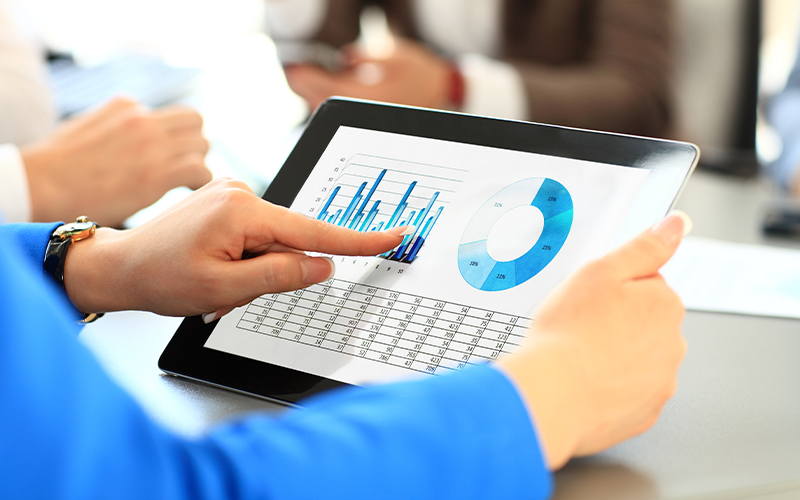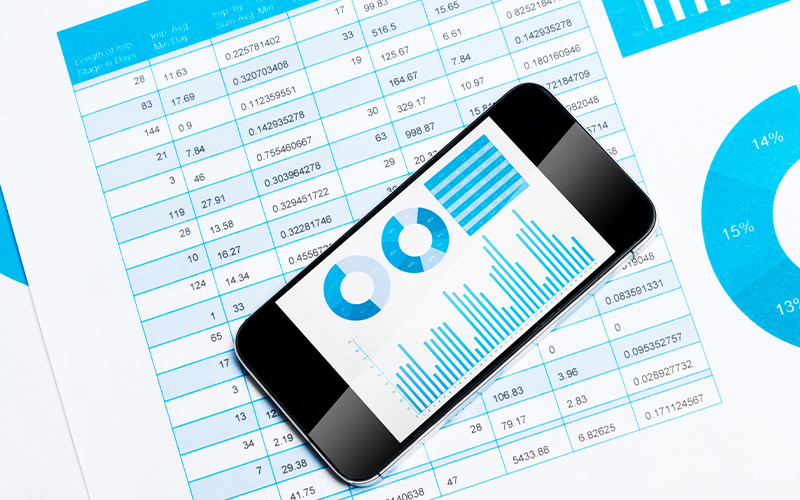In an effort to stay ahead of the curve, organisations are continually seeking innovative ways to optimise their operations and enhance profitability. Among the many strategies employed, procurement spend analytics has emerged as a powerful tool for driving smarter savings and improving overall efficiency. By harnessing the capabilities of data analytics within the procurement cycle, organisations can gain critical insights into their spending patterns, identify opportunities to reduce costs, identify and manage risks early and foster strong supplier relationships.
What is procurement spend analytics?
Procurement spend analytics refers to the process of collection and systematic analysis of an organisation’s purchasing data. This helps the organisation gain a comprehensive understanding of its expenditure across various categories, including suppliers and regions. This approach empowers businesses to make informed decisions based on real numbers rather than intuition or guesswork. By leveraging advanced analytics techniques such as predictive modelling and artificial intelligence (AI), procurement professionals can extract actionable insights from vast amounts of transactional data.
How does it help boost savings?
The path to smarter savings is not a direct one but through several functions. Here are some more details:
- Gather actionable insights
- Strengthen supplier relationships
- Proactively mitigate risks
- Align purchase decisions with business objectives
- Spend under management (SUM), which covers the total spending of the procurement department.
- Spend by category tracks spending by categories such as raw materials, maintenance, repair, and operations (MRO) and various services.
- Spend by supplier is a metric that tracks spending based on supplier.
- Price variance tracks the variance between the actual price paid for a product or service and the estimated price.
- Maverick spending is important to track since it identifies areas where higher costs have been paid for lower quality, thereby increasing productivity risk.
- Supplier performance tracks factors such as on-time delivery, quality and cost.
- Conducting regular spend analysis: Conducting spend analysis at regular intervals help organisations identify patterns and trends in spending data. Regular spend analysis ensures that organisations do not miss any opportunities for cost savings and process improvement.
- Reviewing existing spend management: Before beginning a spend analysis, it is helpful to review the existing spend management processes. This helps identify areas that need improvement.
- Developing a robust classification strategy: The procurement team should first build a data classification strategy so that collected data is categorised in the best way before analysis.
- Collecting spend data from all sources: Spend data from both internal and external sources needs to be gathered. For example, ERP systems, supplier invoices, purchase order systems, travel and expense reports. Such a practice ensures that all relevant spending data is analysed by the analytics tool.
- Tracking vendor efficiency: By tracking the performance of suppliers in terms of on-time delivery, quality of goods and cost, potential supply risks can be identified and mitigated.
- Automating the process: Automation can help organisations decrease processing costs and also allow procurement professionals to focus on other strategic areas. In fact, spend analytics can help identify procurement areas that can be automated. It is also essential to use the right technologies for conducting the spend analysis.
Spend analysis in procurement serves as the foundation for strategic sourcing initiatives, supplier negotiations and cost reduction strategies. By examining historical purchasing data, organisations can identify trends, patterns and anomalies that might otherwise go unnoticed. Further, areas with possibilities of cost reductions and saving opportunities can be identified with ease.
Spend analytics in procurement enables organisations to optimise their supplier base by identifying opportunities for consolidation and rationalisation. By analysing spending across different suppliers and categories, it becomes easier to pinpoint areas where consolidation is feasible without compromising quality or service levels. This not only streamlines procurement processes but also enhances bargaining power, allowing organisations to negotiate more favourable terms and pricing with suppliers.
Procurement spend analytics plays a crucial role in risk management by identifying potential vulnerabilities within the supply chain. By analysing spending data alongside other relevant factors such as supplier performance, geographic location and market trends, organisations can proactively mitigate risks like supply chain disruptions, supplier insolvency or compliance breaches. This proactive approach helps safeguard business continuity and protects against unforeseen disruptions.
Spend analytics enables organisations to adopt a more strategic approach to procurement by aligning purchasing decisions with business objectives. By identifying areas that are inefficient or overspending, businesses can reallocate resources towards initiatives that drive growth and innovation. For example, by reallocating savings from procurement efficiencies, organisations can invest in research and development, market expansion or talent development initiatives.
Metrics to track to gain effective insights
It is essential to track the right metrics so that procurement teams can gain the best information about an organisation’s spending patterns. Clear data makes it easier to identify opportunities of cost savings, risk reduction and process improvements among other functions. Important procurement spend analytics metrics that can be tracked include:
Organisations can also set up other metrics depending on requirements. For example, spending on sustainable products and services, or spending on high-risk suppliers.
Best practices in procurement spend analytics
For best results, the procurement process needs to be optimised. Some best practices include:
Clearly procurement spend analytics represents a definite shift in how businesses should approach procurement and cost management. By leveraging the power of data analytics, organisations can gather effective business intelligence that drives tangible business outcomes. Organisations that embrace procurement spend analytics are sure to rise above the competition and thrive.
How can Infosys BPM help?
Implementing procurement spend analytics is the best way to manage the challenges that have always beleaguered the procurement functions of organisations. To help manage these functions, Infosys BPM’s Spend Analytics Services has introduced TradeEdge, an AI-powered, enterprise-grade spend intelligence offering that can augment an organisation’s procurement ecosystem.







